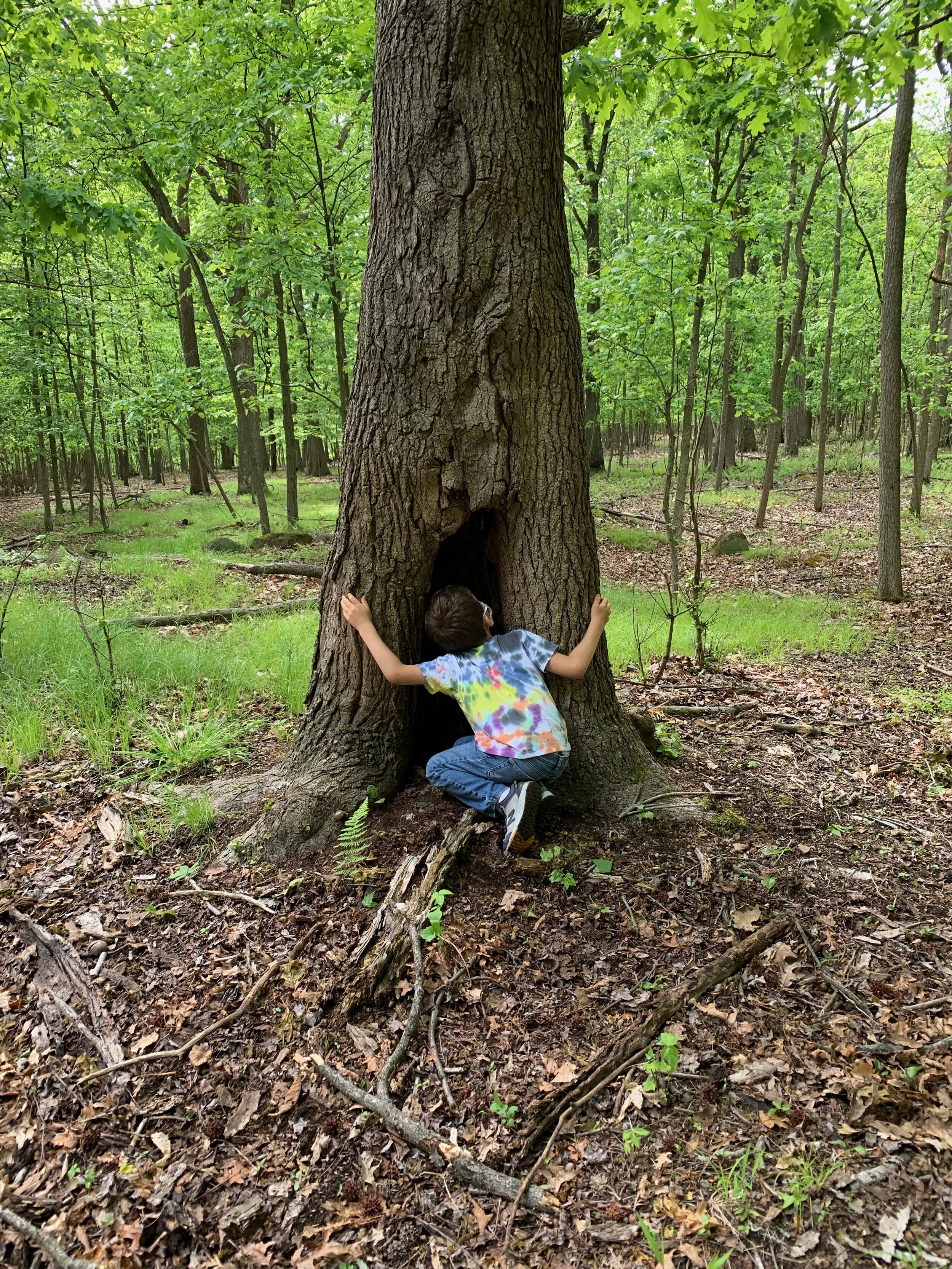Five Ways to Do Your Psychedelic Integration Practice With Kids
Some of us are around our children a WHOLE lot more these days. Its easy to put our integration practices aside when time is scarce…and that may be what we need to do in order to care for our basic needs of health and safety. But if you’re finding a draw to come back to your practice and struggling to find a way to carve out alone time, here are some ways to continue your integration practice together with the kids.
Entering their world of imaginary play
Kids are incredible at imaginary play. And because younger children don’t have rigid ideas about the world yet, they are able to make looser associations between concepts. My three-year-old is masterful at this, weaving stories that somehow incorporate cheetahs and motorcycles and Batman. When we allow ourselves to step away from the dishes or the laundry and really engage with them in this world, on THEIR level (not trying to coax them into our own narrative), it can be an incredible tool for freeing up the more rigid brain patterns that typically govern our thinking.
2. Creating ceremony together
Researcher Tehseen Noorani told me that in the future, he hopes his son will be someone who creates special moments with people. Taking psychedelics often involves a great deal of preparation, ritual and ceremony. But even without psychedelics, creating ceremony together allows us to commemorate the specialness of a moment in time, slow down and tune in…all excellent tools for integration. Allowing kids to co-create the ceremony (by choosing the music or the food, for example) gives them agency and helps them feel like they’re an important part of it.
3. Talking to them about the insights from your journey
Even if you’re not ready to introduce the concept of psychedelics, you can still talk to your kids about the insights you’re working on integrating yourself. Kids have a knack for asking amazing questions and can be quite profound. It might surprise you to see how helpful they can be in processing your insights. And when we let them know what we’re working on, it communicates a value to them of continually striving for self improvement.
4. Bringing them into your contemplative practices
Your kids probably want to do almost everything you do anyways, so why not let them join you in your contemplative practices like yoga or meditation? While some practices might be more suited for individual work, like journaling, others can be a shared experience. One note on this…it may require some cognitive flexibility to figure out what your kids have the disposition for and what won’t work. I once tried to include my son on a music journey and we ended up listening to the Trolls soundtrack instead.
5. Pointing out sensory experiences everywhere
Asking your kids to stop and listen to the sound of a bird, smell your coffee grounds or feel a patch of soft moss allows both you and them to slow down. When we slow down, the default mode network quiets for a moment, putting us in a parasympathetic state where we can attune to the present moment, much like what we experience when we use psychedelics. This is what integration practice attempts to cultivate…a slowing down and tuning in to the here and now.

